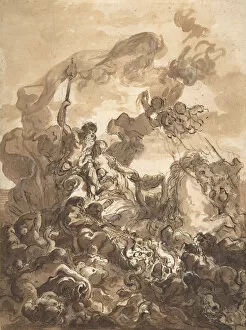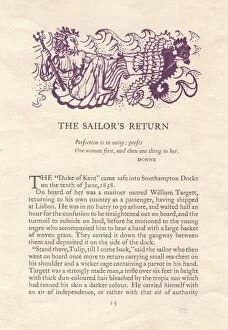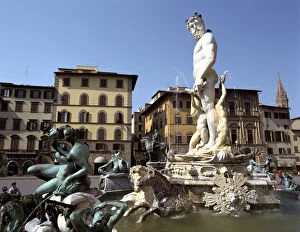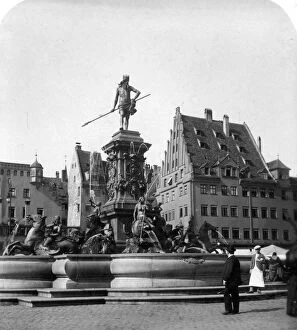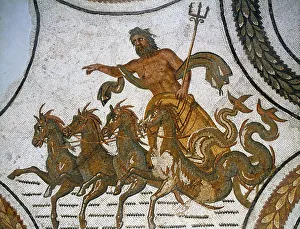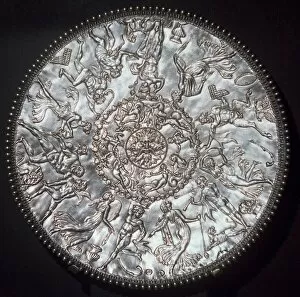Poseidon Collection (page 8)
"Poseidon: The Mighty God of the Sea and Beyond" In the enchanting island of Spetses, Greece, stands proudly The Poseidon Hotel
All Professionally Made to Order for Quick Shipping
"Poseidon: The Mighty God of the Sea and Beyond" In the enchanting island of Spetses, Greece, stands proudly The Poseidon Hotel, a testament to the enduring legacy of this mythical figure. Poseidon, also known as Neptune in Roman mythology, was one of the most powerful gods in ancient Greek culture. As the brother of Zeus (Jupiter), he ruled over the vast oceans and commanded respect from both mortals and immortals alike. The influence can be seen throughout history and art. From ancient vase paintings depicting his majestic trident to intricate Roman mosaics showcasing his triumphs, his presence is undeniable. Even an untitled 19th-century painting captures him riding on a dolphin into Venice's harbor—an awe-inspiring sight that echoes through time. Mythology tells tales of Poseidon's vengeance when crossed or disrespected—a force not to be taken lightly. His wrath could shake even the mightiest structures like Sadlers Wells Interior or leave statues trembling in fear—such as the imposing Statue of Neptune in Messina, Sicily. But beyond his formidable power lies a fascination with fantasy animals associated with Neptune—a testament to humanity's desire for wonderment and escapism. These creatures embody our dreams and aspirations while reminding us that there is more to life than meets the eye. As we delve into these captivating stories surrounding Poseidon, we are reminded that he symbolizes much more than just a god ruling over seas; he represents our eternal connection with nature's forces—the ebb and flow that shape our world. So let us immerse ourselves in this rich tapestry woven by mythologies past—where waves crash against rocky shores under Poseidon's watchful gaze—and embrace both his mightiness and benevolence as we navigate life's unpredictable waters together.

